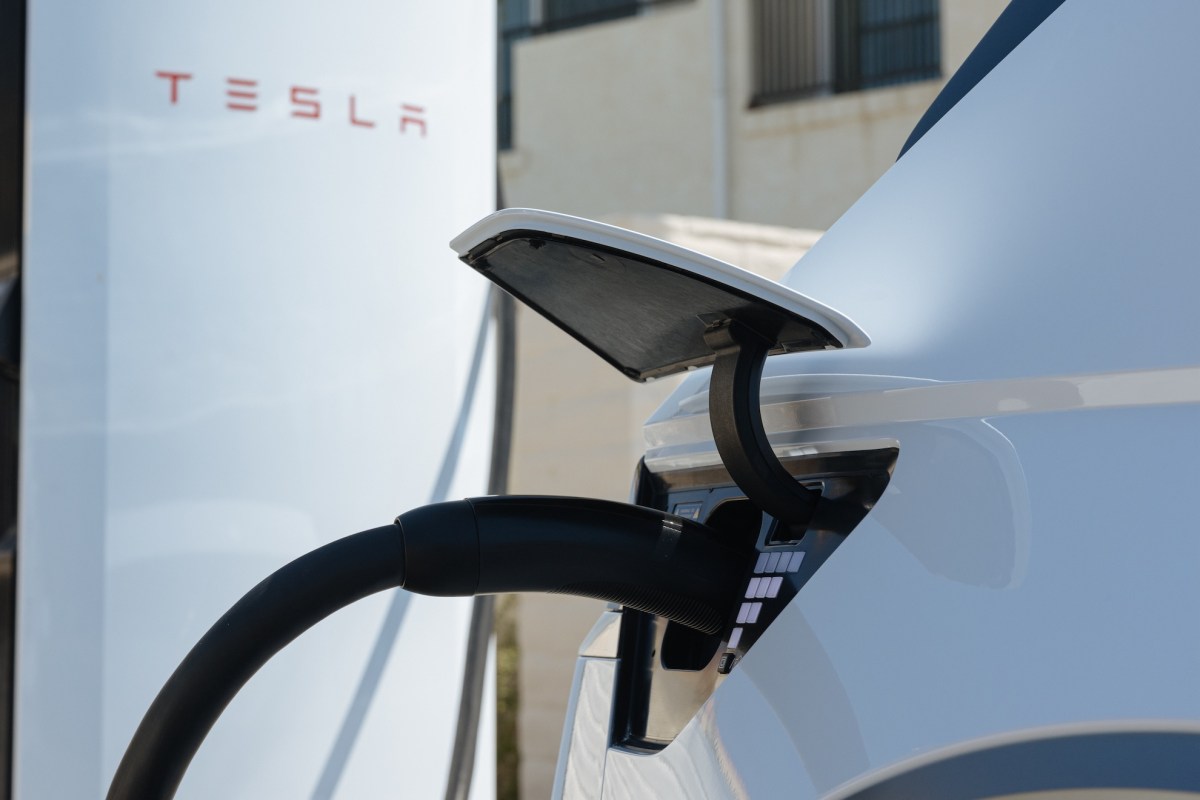Hyundai’s New Tesla Charging Port: Why It Falls Short of Expectations
Exploring the 2025 Hyundai Ioniq 5 reveals more than just its sleek design; it also showcases the challenges of integrating into the Tesla Supercharging network. This all-electric SUV, equipped with Tesla’s North American Charging Standard (NACS) port, offers a unique opportunity to see how it performs in real-world charging situations.
Testing the 2025 Hyundai Ioniq 5 at a Tesla Supercharging Station
Upon arriving at a Tesla Supercharging station in Palm Springs, I was excited to test the capabilities of the 2025 Hyundai Ioniq 5. While the vehicle had sufficient charge, the experience highlighted some unexpected challenges.
Charging Compatibility Issues
As I maneuvered the Ioniq 5 into a charging spot, I quickly discovered that the charging cable provided didn’t reach the port located on the rear passenger side of the vehicle. Instead of waiting for another Tesla to free up a cable, I opted to use the in-car navigation system to locate a nearby CCS-equipped station. Here are some key points regarding charging systems:
- CCS (Combined Charging System) is commonly used by most automakers, excluding Tesla.
- Tesla has developed its own port, known as NACS.
- In 2023, several automakers, including Hyundai, made agreements to utilize NACS for future EV models.
2025 Hyundai Ioniq 5: Features and Specifications
The 2025 Ioniq 5 boasts several enhancements over its predecessor, including:
Battery Improvements
- Standard range battery increased to 63 kWh.
- Extended range battery now at 84 kWh.
- Range varies from 245 miles to 318 miles based on configuration.
Performance Upgrades
The Ioniq 5’s power output also sees a boost:
- Base model offers 168 horsepower.
- Top-tier all-wheel drive models can reach 320 horsepower and 446 pound-feet of torque.
Advanced Technology Features
With the 2025 model, Hyundai introduces several tech upgrades:
- Wireless Apple CarPlay and Android Auto functionality.
- Enhanced digital key that works with your phone in your pocket.
- Over-the-air updates for software improvements.
New Off-Road Capabilities with the XRT Trim
For those seeking adventure, the new XRT trim offers off-road enhancements, including:
- A one-inch lift for better ground clearance.
- 29-inch Continental CrossContact ATR tires for improved traction.
- A Terrain button that optimizes performance for Snow, Mud, and Sand conditions.
While the XRT is not designed for extreme off-roading, it does provide a fun driving experience on less-traveled paths.
Pricing and Competitors
The 2025 Hyundai Ioniq 5 starts at $43,975, with the off-road XRT priced at $56,875. The top Limited trim in all-wheel drive comes in at $59,575. Competing models include:
- Ford Mustang Mach-E – Lower starting price with similar range.
- Kia EV6 – Performance-oriented design with up to 576 horsepower.
While the refreshed Ioniq 5 maintains its appealing handling and comfort, potential owners may want to consider the limitations of the NACS integration when planning their charging needs.
For more information on Hyundai’s electric offerings, visit Hyundai’s official website.







